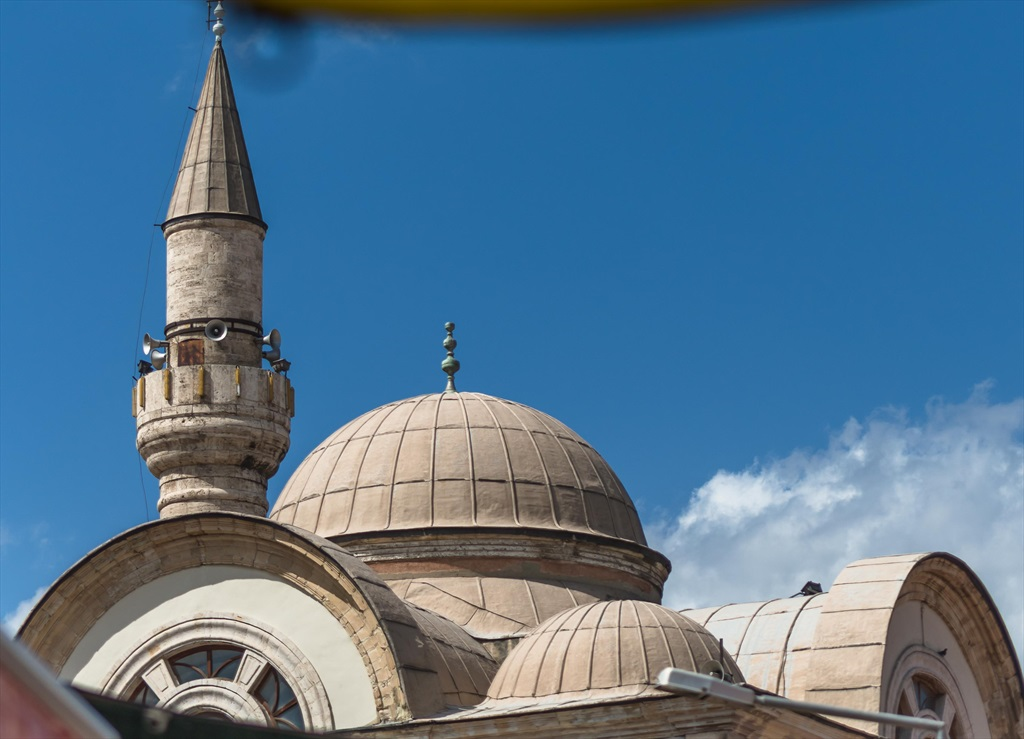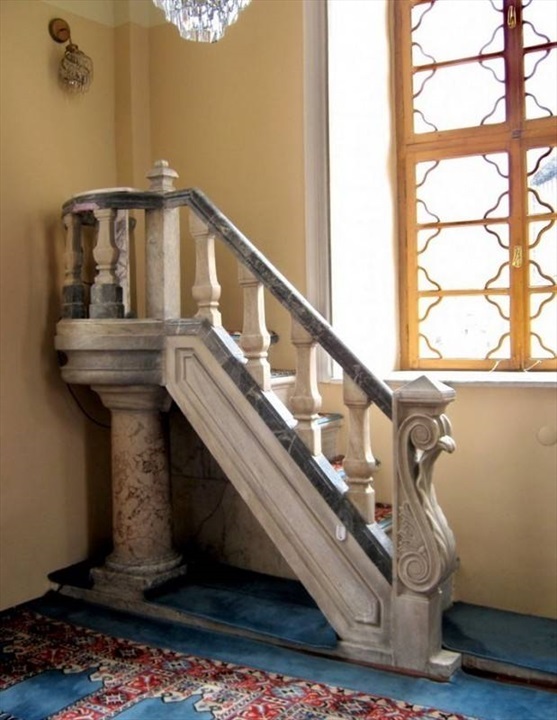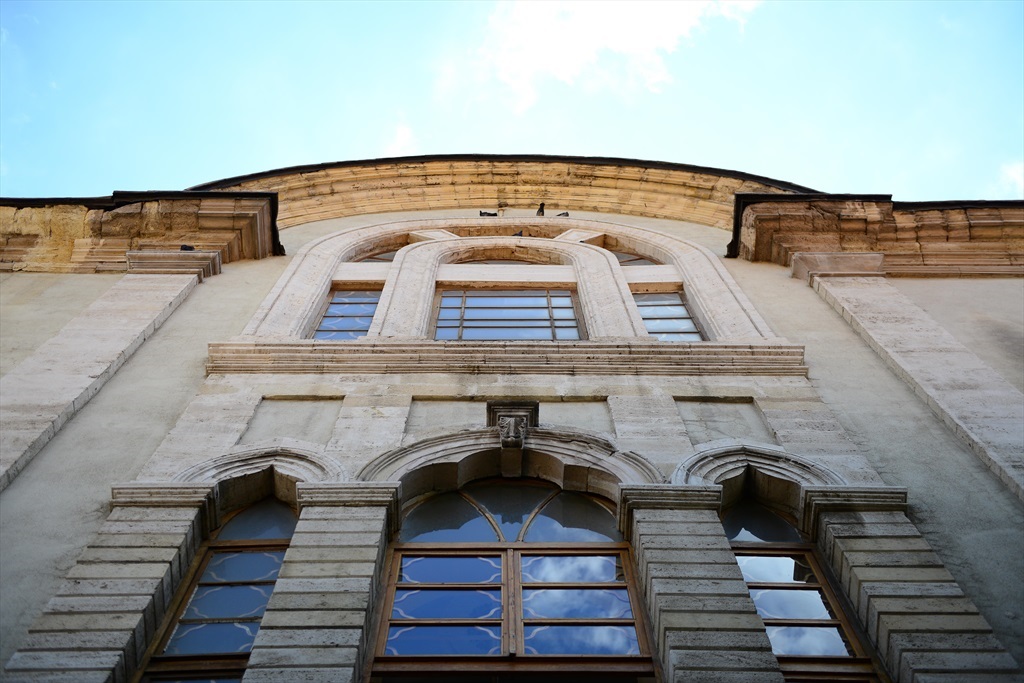Kestanepazarı Mosque
You are at the brightest, freshest mosque in Kemeraltı, Kestanepazarı Mosque.
It is known that there was Kizil Ibrahim Mosque at this spot before Kestanepazarı Mosque was built. In 1703, İzmir judge Halil Effendi requested to improve Kizil Ibrahim Mosque, but that hadn't been possible. In 1730, Emincizade Hajji Ahmet Aga, an outstanding statesman of the Tulip Period, repaired Kizil Ibrahim Mosque and added a pulpit to ask for permission to hold a special sermon. Due to his death in the same year and the chaos created by Patrona Halil Uprising, this request was also denied. It was only one year later, in May 1731, that the upgrade started. In later years, this mosque continued to serve the community under the Emincizade Hajji Mehmet Aga Foundation administration, with the same name. The name Kizil Ibrahim Mosque has persisted until the early 19th century.
A strong earthquake in 1868 destroyed the domes of the Kestanepazarı Mosque, making the mosque unusable. Later the same year, Hajji Huseyin Nuri Effendi of Egypt, a member of Izmir City Council, rebuilt the mosque in the form you see today and extended the premises with an accompanying infants' school, a library, rooms for imam and muezzin, and a fountain-tank.
The epitaph text on the entrance was taken from Seyahatname by Evliya Çelebi. In fact, this epitaph belongs to Kemeraltı Mosque; mistakenly it is believed to belong to this mosque. Actually, when Evliya Çelebi visited İzmir in 1671, Kestanepazarı Mosque didn't even exist; the patron of the mosque Eminzade Ahmet Aga wasn't born yet, or maybe was a toddler.
The walls of this mosque are built with cut stones; it has a two-storey structure with shops on the ground floor, similar to many other monumental mosques in Kemeraltı.
The large dome of Kestanepazarı Mosque is surrounded by four smaller domes. The narthex is covered with three domes and is lined with glass panels. The majestic marble altar of this mosque is rumored to be brought from Isabey Mosque in Şelcuk. This altar finishes with a plaster crown formed by leaves coming out of a vase, curvy branches, and flower bunches.

.jpg)





.jpg)




Comments
No comment left, would you like to comment?